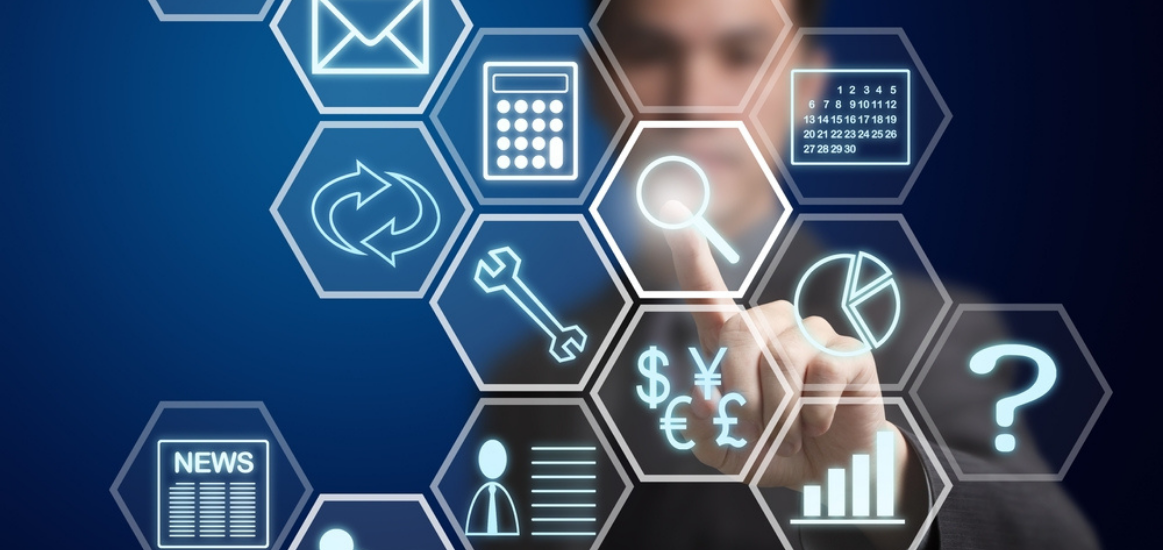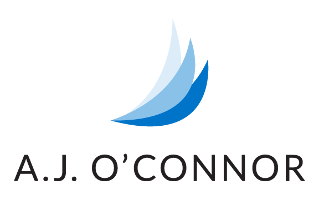
Embracing Transformation with Confidence
“We shape our tools and thereafter our tools shape us.” – Marshall McLuhan
The fourth in our series of 2020 leadership competencies explores digital proficiency. According to McKinsey’s 2012 research entitled, “Minding Your Digital Business“, executives expect new digital technologies to transform their businesses. At the same time, many admit their organizations are unprepared when it comes to developing capabilities and meeting the challenges.
Ernst & Young (E&Y) have identified megatrends that are shaping our world and changing the way organizations operate, grow and compete. According to E&Y, winning organizations will be those that constantly monitor trends in their external environments, embrace technology and seek out talent among “neglected” groups (minorities, women and older workers).
Finally, Hay Group has highlighted “digital era” and “technology convergence” as two of six megatrends it believes will profoundly impact organizations and its leaders over the coming decades.
What does it mean for leaders to be digitally proficient and how can leaders develop and/or maintain skills in an era of rapidly changing technological advancement?
What is Digital Proficiency?
Digital proficiency is a measure of how effectively individuals and organizations engage with digital technology for both internal and external stakeholder benefit. Today, technology impacts every facet of our lives, from how we communicate and collaborate, how we learn and how we gather, synthesize and disseminate information. It accounts for how individuals and organizations innovate, solve problems, improve productivity, make decisions and even leapfrog competitors.
Wikipedia uses the term digital literacy. Both hardware and software are included in the list of examples included to demonstrate digital competency:
- Desktop and web applications
- Mobile and smart devices
- Collaboration tools
- Social networks
During the Fall of 2011, Courtney Shelton Hunt, Ph.D., and her colleagues surveyed their community members posing the question, “Thinking across sectors and disciplines, but focusing on the role of digital technology in organizations, economies, and societies, what do you think are the most important aspects for leaders to be successful?”
“A Digital Era leader can be characterized by both the presence and absence of specific characteristics. We must think about not only what they should do, but what they should not do. The distinctions between what it takes to successfully lead a technology company and what it takes to lead other types of organizations are becoming less pronounced. Certain leadership characteristics (e.g. strategic thinking) are timeless, whereas others (e.g., relationship management) require a degree of redefinition. Still others may be altogether new.”
What is interesting about these results is the overlap with other Leader 2020 competencies, notably 360 communication and change orientation.
How To Assess & Develop Digital Proficiency
Assessing Digital Proficiency
- Northstar Digital Literacy Assessments. These free assessments measure the basic skills needed to perform tasks on computers and online. There are basic computer digital literacy standards and modules in three main areas:
- Essential Computer Skills – Computer Basics, Internet Basics, Email, Windows OS, Mac OS X
- Essential Software Skills – Word, Excel, PowerPoint
- Using Technology to Accomplish Tasks – Social Media, Information Literacy.
- Take the free 15-minute digital status organizational assessment developed by the DigiLab Finance (IAB). The IAB helps organizations succeed online by assessing and optimizing their digital performance.
- Consider the following questions:
- Do you have an open mindset and a readiness for change?
- Do you remain open to new ideas and new approaches, especially those relating to technology’s application to solving problems, continuously improving and/or innovating?
- Compared to your peers, are you a leader when it comes to acquiring new knowledge and skills in the adoption of digital technologies?
- Are you intellectually curious and proactive when it comes to learning?
Developing Digital Proficiency
Organization Action Strategies
In interviews with 50 senior general management, marketing and e-commerce leaders, search firm Spencer Stuart identified 10 practices that were consistently embraced by successful organizations, including:
- Building a comprehensive digital strategy that is shared broadly and repeatedly across the organization.
- Embedding digital literacy across the organization.
- Focusing on the customer experience.
- Developing leaders with skill-sets that bridge traditional and digital expertise.
- Developing the organization’s analytical skills (i.e. big data and analytics).
Personal Action Strategies
- Understand the technological transformations that have the potential to affect your role, your organization, and your industry.
- Evaluate new technologies in terms of their ability to increase efficiency, contribute to new ideas and innovations and serve as disruptors in your industry.
- Use data and business analytics to improve decision making. As McKinsey has noted, “…….. companies who use data and business analytics to make decisions experience higher productivity and returns on equity than their competition who do not.”
- Harness and cultivate the use of technology for networking and collaboration.
- Keep your skills (and your mind) sharp by staying proficient in technology tools and resources that increase your performance.
- Monitor digital trends in your field and/or industry on new technologies.
- Take a course, attend a “digital conference” or set aside the time each month to learn something new from subject matter experts and others who are more digitally proficient in your field.
- Scan sources of technology information such as Mashable, TechCrunch and CNET.
- Identify two or three sources of information and create RSS feeds to collect articles, white papers, and relevant blog postings.
- Join relevant LinkedIn Groups and forums in your field. A search of LinkedIn Groups for “digital leaders” returns over 300 groups for example.
- Recognize that change is hard and leaders will gravitate to technology with which they are comfortable.
To be successful, tomorrow’s leaders will need to:
- Manage dispersed teams of knowledge workers harnessing technology to do so.
- Proactively embrace and encourage digital initiatives within their organizations.
- Manage “digital natives” (those born since 1980) who have grown up with technology and who learn differently and have different perspectives than “digital immigrants”.
- Maintain personal digital proficiency levels by staying up to date, intellectually curious and open-minded about technology.
AJO’s Recommended Reading & References
Books
- Brynjolfsson, E., & McAfee A. (2012). Race Against The Machine: How the Digital Revolution is Accelerating Innovation, Driving Productivity, and Irreversibly Transforming Employment and the Economy. Digital Frontier Press.
- Goethals, G.R., Sorenson, G., & Macgregor Burns, J. (2008). Leadership in the Digital Age. Encyclopedia of Leadership. Sage Publications.
- Manafy, M., & Gautschi, H. (2011) Dancing with Digital Natives: Staying in Step with the Generation That’s Transforming the Way Business Is Done. CyberAge Books.
- Qualman, E. (2012). Digital Leader: 5 Simple Keys to Success and Influence. McGraw-Hill.
Research, Articles & Blog Posts
- McKinsey Quarterly (2015). An executive’s guide to the Internet of Things. Jacques Bughin, Michael Chui, and James Manyika
- Ernst & Young. Six Global Trends Shaping the Business World.
- McKinsey Quarterly. (2016). Leading in the Digital Age.
- McKinsey Quarterly. (2013) Six Social-media Skills Every Leader Needs.
- McKinsey Quarterly. (2012). Minding Your Digital Business.
- Peladeau, P., Herzog, M., and Olaf Acker (2017) The New Class of Digital Leaders strategy+business.
- Pujadas, J. Why a CEO’s Digital IQ Matters (2016). strategy+business
- Rao, Anna. A Strategist’s Guide to Artificial Intelligence. (2017) strategy+business. As the conceptual side of computer science becomes practical and relevant to business, companies must decide what type of AI role they should play.
- Shelton Hunt, C., (Ph.D.), Carducci, J., & Wills, K. (2012, April 12). What Does It Take To Be A Leader in the Digital Era?
- Shelton Hunt, C., (Ph.D.), Carducci, J., & Wills, K. (2012, May 8). Digital Era Competencies: How Do You Stack Up?
News/RSS Feed Sources
- CNET – Describes itself as a collective of the tech-savvy and tech-obsessed. News, reviews, podcasts, video and more.
- Mashable – with 20 million monthly unique visitors and 4 million social media followers, this award-winning site is the largest independent news source dedicated to covering digital culture, social media, and technology. Choose from several options to stay connected with this link. Scroll to see RSS feed categories such as business & marketing, social media etc.
- TechCrunch – subscribe to specific “vertical feeds” or all of the content from this leading technology media site which focuses on profiling startups, reviewing new Internet products, and breaking tech news.
Watch/Listen
- Digital Sustainability Podcasts. Korn Ferry’s Digital Sustainability podcast series explores how organizations can successfully navigate digital transformation and sustain it. The podcast series of five episodes examines critical areas that impact the ability to drive continual change: Leadership, Culture, Talent, Reward, and The Workforce.
- “Peter Hinssen: Cloud Computing & Technology Thought Leader, IT Strategist, Keynote Speaker.” YouTube. YouTube, 07 Dec. 2011. Hinssen is one of Europe’s top thought leaders on the impact of technology on our society. He makes the case for leaders who can bridge both technology and business, focusing on short as well as long term change.
-
“Insights & Publications.” Why Every Leader Should Care about Digitization and Disruptive Innovation. McKinsey Global Institute, Jan. 2014. In this interview, MIT’s Andrew McAfee and McKinsey’s James Manyika discuss how executives and policymakers can respond to digitization, automation, and other advances that are transforming industries, labor markets, and the global economy.
Tap Into These Resources
- The Denovati Group enhances the success of individuals and organizations in the Digital Era through an alliance that provides thought leadership and guidance, research, consulting and training services, and a professional community that fosters the sharing of information and best practices. Great resources including a blog and online courses.
- Strategy+business – Technology Channel. Offers a wide range of technology subjects, from IT strategies and corporate information systems to engineering, open-source software, and cloud computing, as well as specific articles on topics such as Internet marketing strategies, broadband, e-commerce, and mobile applications. Includes in-depth features on trends in the global technology services sector

